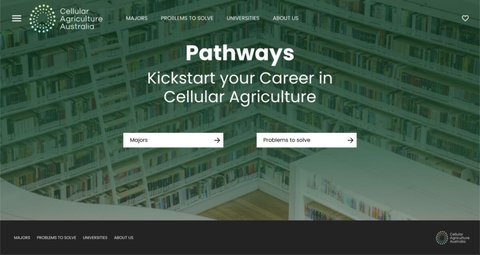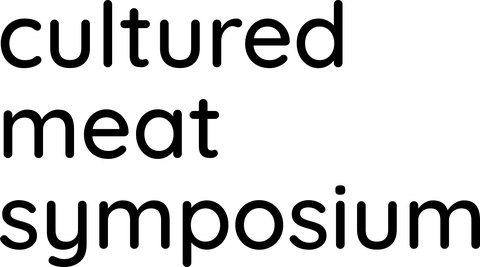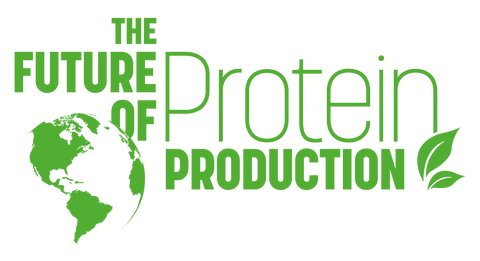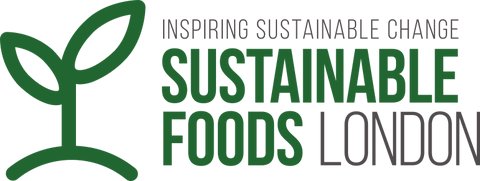Cellular Agriculture Australia Launches Pathways Tool for Students and Professionals
March 16, 2021 - 5 min read
“The number one question I get from students interested in cell ag is ‘What do I need to study to get into the field?’” Director of Cellular Agriculture Australia Dr. Bianca Le is also frequently queried by professionals wondering how they can apply their expertise to cellular agriculture.
A hallmark of many thriving industries is that people interested in getting involved know how to do so, or at least are able to easily find information pointing them in the right direction. But with cellular agriculture being such a nascent and cross-disciplinary field, it is not always apparent what skills students should learn or how professionals might apply existing skills in order to launch or develop a career in the industry.
“There is no shortage of intelligent and passionate people who want to get involved in cellular agriculture, but there are few resources directing them to the various pathways into the field, especially when it comes to Australia,” explains Le.
In order to solve this problem, Cellular Agriculture Australia has developed an online resource called “Pathways into Cellular Agriculture.” The pathways tool, as it is affectionately called, is an interactive page on the Cellular Agriculture Australia (CAA) website, through which students and jobseekers can explore different entry points into the field.
Cultured meat researcher and CAA Secretary Lisa Musgrove, who helped coordinate the tool’s content, explained the main intuition governing the design of this resource was that “users might be coming at it from the perspective of either wanting to solve a particular research problem or wanting to apply an existing area of expertise to cellular agriculture.”
As such, the tool’s information is divided into two broad topics: “Problems to Solve” and “Majors.” Each of these is further divided into more specific subtopics. The Problems section lists research gaps and current white spaces, while Majors lists the disciplines that can be applied to each problem. These ultimately direct the user to a page displaying each of the Australian Universities with research laboratories that have the capacity to solve the selected problems in cellular agriculture.
Work on the pathways tool started in August 2020. Musgrove says that the CAA team began to think about how an interactive tool could help students and graduates connect academic course offerings to real research problems in cell ag. “We already had an idea about what the main research focus areas were, so we looked into those a little deeper by accessing the great resources offered by the Good Food Institute and New Harvest, as well as various papers that have been published recently.”
The team then browsed local universities for course offerings and compared them with the positions being offered by various cell ag companies in order to get a sense of which disciplines relate to each research problem.
Team member Jo Tunna, who comes from a background in business development, explains, “One of the most helpful resources we used was the GFI’s student guide to navigating the alternative protein space along with a series of Medium posts made by Wildtype. Those explored what the cell ag industry looks like today in terms of talent, focus, and industry maturity as well as how this is likely to shift in the years ahead.”
The rapid development of the industry was one of the most interesting things Le noticed during the process. “The field is moving so quickly, it can be hard to keep up! The types of jobs that are required for this emerging industry has changed rapidly over the past two years, especially in Australia.”
Her team has noticed that diversity of thought is one of the field’s most valued attributes. “When you look at the same role across different cell ag companies, there is no one common way to get into the field. In fact, companies often prefer non-traditional pathways for technical positions because this industry is so unlike any other — you really need to be a lateral thinker. We knew early on that we had to incorporate that philosophy into the pathways tool.”
Musgrove says that she “was surprised at the large range of study fields available to students in [Australia]. It’s great to see that many of our universities are at the cutting edge of so many areas in biomedicine, biotechnology, and engineering. This certainly bodes well for developing local talent in the cell ag space.”
CAA was also able to use the opportunity to further grow their volunteer community. CAA volunteer and University of Tasmania student Kianie Langer says “I was interested in contributing to the pathways project because I’d like to see cell ag blossom, and I believe the pathways tool is a fantastic opportunity to show people of various educational backgrounds that cell ag is diverse, having the potential to encompass many fields of study and work.”

In terms of next steps, Le is thinking of helping other national cellular agriculture nonprofits craft their own similar resource.
“Originally, we wanted to make a resource that could showcase all the opportunities here in Australia — from world-class stem cell research centers to innovative startups working in the space. However, we also want to share this resource with other organizations that want to promote developing the cellular agriculture talent pipeline in their region. That could include translating this tool into other languages or adding your local universities or courses to the website.”
Le says they have already had a few people reach out, including Cellular Agriculture Canada. If you are interested in bringing your own version of the pathways project to your country, please reach out to Cellular Agriculture Australia.


















